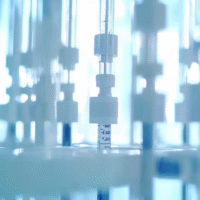Understanding the Study Results
This study looked at two treatments, N-acetylcysteine (NAC) and dexamethasone (DEXA), to see which one better prevents postembolization syndrome (PES) after a procedure called transarterial chemoembolization (TACE) for liver cancer (hepatocellular carcinoma or HCC).
What Worked?
- NAC was found to significantly lower the chances of developing PES compared to DEXA. In the study, only 32% of patients taking NAC experienced PES, while 64% of those taking DEXA did.
- This means that NAC is a better option for patients who want to avoid this uncomfortable side effect after treatment.
What Didn’t Work?
- Both treatments did not show a significant difference in how they affected liver function recovery, as measured by the ALBI score.
- Only a small number of patients (about 4%) had serious liver issues after the procedure, which was similar for both groups.
How Does This Help Patients and Clinics?
- Patients can benefit from using NAC as it reduces the risk of PES, making their recovery after TACE more comfortable.
- Clinics can adopt NAC as a standard practice to improve patient outcomes and satisfaction.
Real-World Opportunities
- Hospitals can start using NAC instead of DEXA for patients undergoing TACE.
- Doctors can educate patients about the benefits of NAC in preventing PES.
Measurable Outcomes
- Track the incidence of PES in patients receiving NAC versus DEXA.
- Monitor liver function changes using the ALBI score after TACE.
AI Tools
- Consider using AI tools for patient monitoring and data analysis to track outcomes and improve treatment protocols.
Step-by-Step Plan for Clinics
- Start by educating staff about the benefits of NAC.
- Introduce NAC for a small group of patients undergoing TACE.
- Monitor patient outcomes closely, focusing on PES and liver function.
- Gradually expand the use of NAC based on positive results and feedback.
For more detailed information, you can read the full research study here.





























